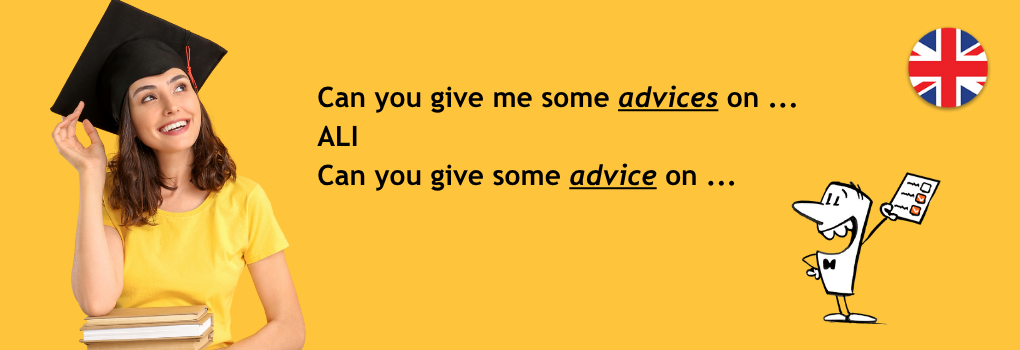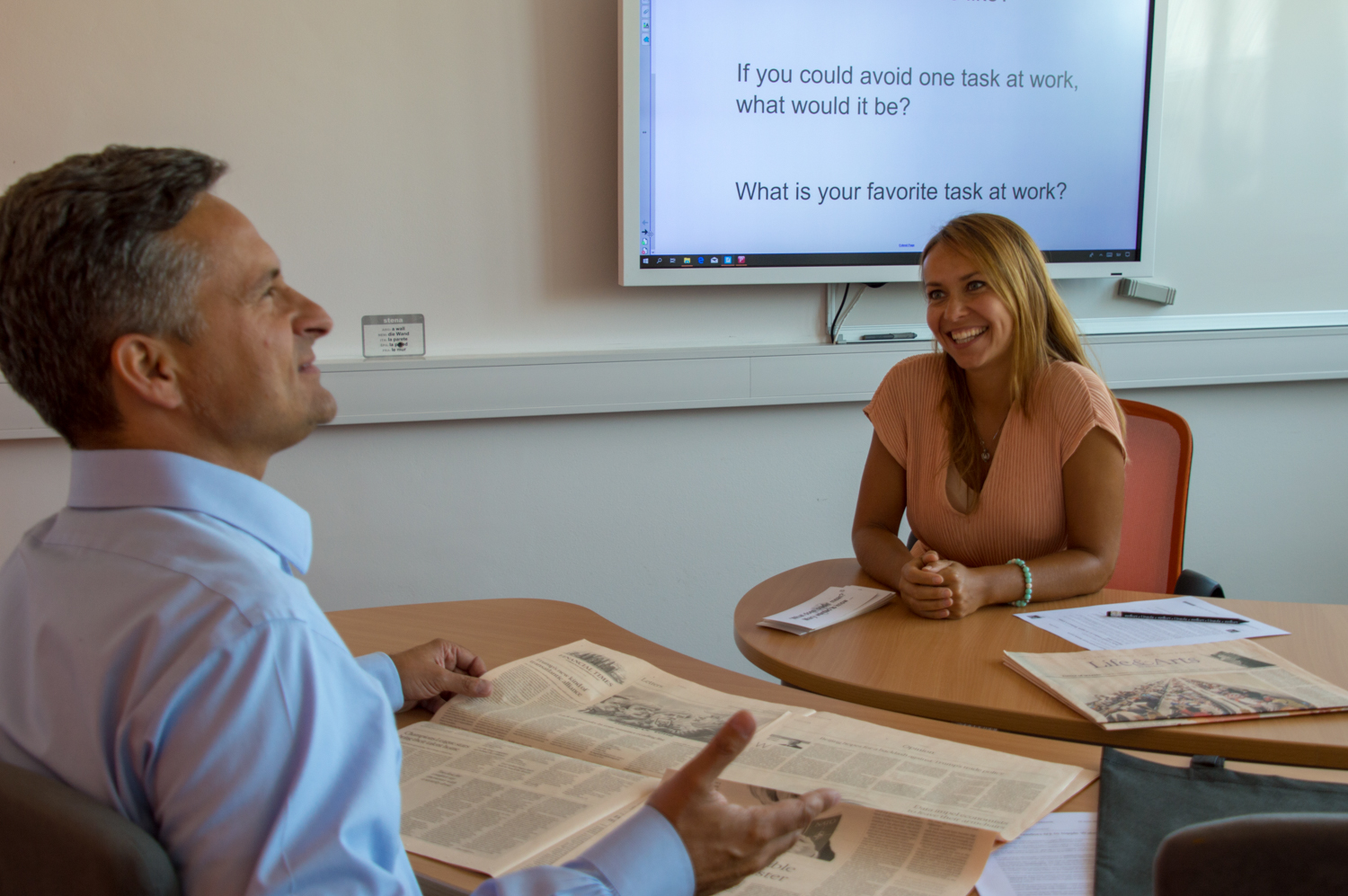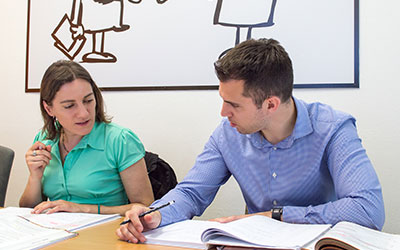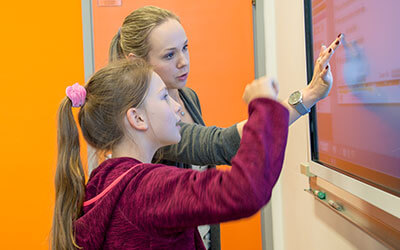
1. Let's go out for a drink after...
- Let's go out for a drink after we finish these exercises.
- Let's go out for a drink after we will finish these exercises.
Kliknite za pravilen odgovor
Pravilno: Let’s go out for a drink after we finish these exercises.
Razlaga: Za prislovi, kot so after, before, if, when, se uporablja Present Simple Tense, četudi govorimo o prihodnjem času. Primer:When I finish school, I will study medicine.
2. Could you please tell me…
- Could you please tell me what does ‘splendid’ mean?
- Could you please tell me what ‘splendid’ means?
Kliknite za pravilen odgovor
Pravilno: Could you please tell me what ‘splendid’ means?
Razlaga: Če želimo tvoriti vljudnejša vprašanja, ki se začnejo s Could you tell me/Do you know/I was wondering…, se besedni red v vprašanju spremeni na enak način kot pri poročanem govoru. Primer:
- What is the time?
- He asked me what time it is.
- Do you know what time it is?
3. Could / able to?
- The restaurant was crowded but we were still able to find an empty table.
- The restaurant was crowded but we could still find an empty table.
Kliknite za pravilen odgovor
Pravilno: The restaurant was crowded but we were still able to find an empty table.
Razlaga: Can ali able to se lahko izmenično uporabljata, če govorimo o sposobnostih in zmožnostih na splošno. Ko govorimo o sposobnostih v neki določeni situaciji v preteklosti, moramo uporabiti was/were able to. Primer: Although I twisted my ankle, I was still able to walk down the hill.
Izjema: Ko želimo povedati, da nečesa nismo mogli narediti v preteklosti, lahko uporabimo tudi glagol could. Primer: I couldn’t /wasn’t able to find an empty table because the restaurant was so crowded.
4. As / like?
- Her new job is not as interesting like her previous one.
- Her new job is not as interesting as her previous one.
Kliknite za pravilen odgovor
Pravilno: Her new job is not as interesting as her previous one.
Razlaga: Stvari ali dejavnosti lahko primerjamo s stopnjevanjem pridevnikov (bigger, more interesting than) ali z osnovno obliko pridevnika in veznikom as (as interesting as).
Like se uporablja za primerjavo, ko sledi glagolu to look: She looks like Marilyn Monroe.
5. Can you give me some advices / advice?
- Can you give me some advices on where to invest my money?
- Can you give some advice on where to invest my money?
Kliknite za pravilen odgovor
Pravilno: Can you give some advice on where to invest my money?
Razlaga: Advice je neštevni samostalnik, ki nima množinske oblike, zato pred njim nikoli ne stoji nedoločni člen a/an. Če želimo poudariti, da gre za en sam nasvet, rečemo a piece of advice.
Podobni samostalniki so: information, accommodation, furniture, luggage, news...
6. Most / most of?
- Most of my friends are students now.
- Most my friends are students now.
Kliknite za pravilen odgovor
Pravilno: Most of my friends are students now.
Razlaga: Most stoji pred samostalnikom in pomeni večino, most of pa stoji pred svojilnim zaimkom in samostalnikom ter pomeni večino od naštetega.
7. I can’t stand it / I can’t stand when?
- I can’t stand it when people jump the queue.
- I can’t stand when people jump the queue.
Kliknite za pravilen odgovor
Pravilno: I can’t stand it when people jump the queue.
Razlaga: Glagolom, ki izražajo občutje, kot so love, hate, enjoy, appreciate, vedno sledi samostalnik (I like WHAT?). Primer: I like skiing.
Če opisujemo občutje do neke dejavnosti v določenem času in prostoru ter je ta del novega stavka v povedi, za glagolom stoji zaimek it. Primer: I like it when we go skiing every winter.
Priprava na maturo iz angleščine
Sredi novembra začenjamo z učinkovito pripravo na maturo iz angleščine. S pravočasno pripravo je dijak spomladi samozavesten in manj v stresu!
S podporo izkušene učiteljice djaki usvojijo veščine, ki bodo prinesle odličen rezultat. Ne odlašajte – začnite čim prej in si zagotovite uspeh na maturi! Več in prijava.


